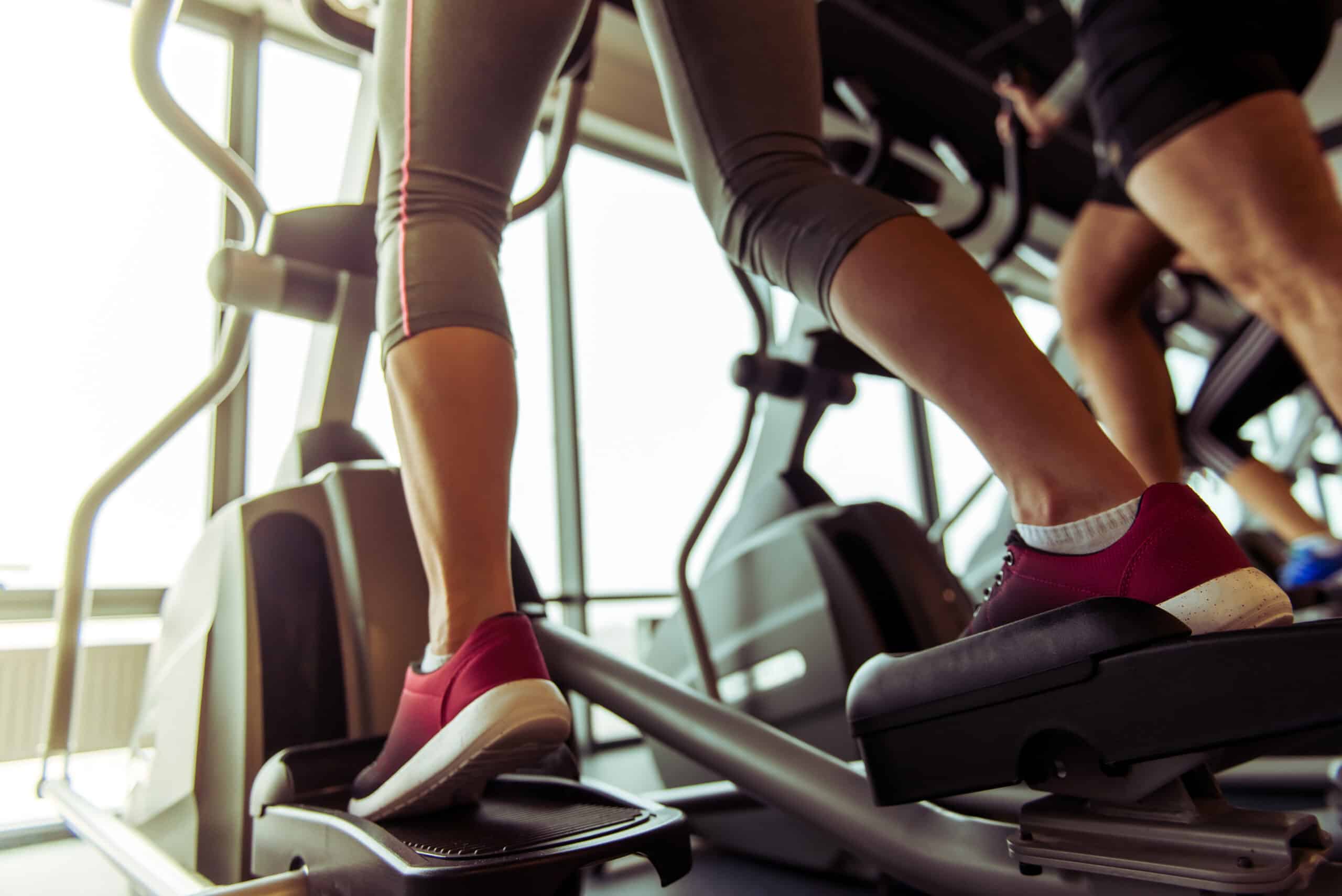A well-planned exercise routine is perhaps the most valuable thing you can do for your health. Regular physical activity helps control weight and strengthens bones…
Can I Exercise With Varicose Veins? Here’s What To Know

A well-planned exercise routine is perhaps the most valuable thing you can do for your health. Regular physical activity helps control weight and strengthens bones and muscles.1
Some disorders can limit your ability to exercise. Varicose veins are a common condition consisting of swollen veins under the skin, most often in the legs. Exercising with varicose veins may worsen the symptoms for a short time and make you worry about exercising. In the long run, however, improved fitness and muscle tone will prevent more varicose veins from forming and even reduce the symptoms of existing ones.
Varicose Veins
Varicose veins are swollen and enlarged veins, most frequently seen on the feet, legs, and thighs. They can be blue or dark purple and often cause the skin to bulge.2 Varicose veins can cause pain, heaviness, and discomfort in the affected part. You may also have swollen feet and ankles. Other symptoms are cramps, burning, and itching.
An inactive lifestyle is one of the factors associated with developing varicose veins.3 Other factors are obesity, pregnancy, chronic constipation, and tumors. Jobs that involve long periods of standing increase your chances of developing varicose veins.
If you notice bulging or bluish veins on your body, you may have varicose veins. Watch for other symptoms such as swelling in the legs (edema), aches in the legs, itching, ulcers, and skin color changes.
Does Exercise Make Varicose Veins Worse?
Prolonged standing is the primary activity that worsens the symptoms of varicose veins, so people with varicose veins should avoid occupations and sports that require standing in one place.4
There is no evidence that regular physical activity causes varicose veins to progress to other issues like eczema or venous ulcers. However, varicose veins often cause increased fatigue and aches after exercise. These symptoms should resolve after resting and elevating your legs.5
How To Exercise With Varicose Veins
People with varicose veins should avoid high-impact exercise like running. Safe activities for people with this condition include yoga, cycling, swimming, leg lifts, calf raises, and ankle rotations.6 Water aerobics is another safe option.
Always consult your doctor before starting an exercise program, and begin with low-intensity exercises. Gradually increase the difficulty level and duration of your exercise and stop if symptoms become bothersome.
Does Exercise Help Varicose Veins?
Moving around improves muscle activity and venous return. Even though exercise cannot cure varicose veins, it tones your muscles and improves circulation. This can even help prevent new varicose veins. Exercise also eases pain and keeps existing varicose veins from worsening.
Another benefit of exercise is weight loss. Reversing obesity and maintaining a healthy weight can also improve your symptoms.7
What Else Should You Do?
Varicose veins are not dangerous and don’t always need treatment.8 However, many people seek treatment to reduce symptoms that affect their quality of life and improve the veins’ appearance.
Currently, the recommended treatments are thermal ablation and microfoam injections. Your doctor may also suggest conservative measures like gradient compression stockings, leg elevation, and avoiding long periods of standing.
A vein care specialist can diagnose your vein issues, assess its stage, and advise you about the appropriate treatment. You can find a vein care specialist using the locator at My Vein Treatment.
SOURCES:
- Centers for Disease Control and Prevention: “Benefits of Physical Activity.”
- National Health Service: “Varicose veins. Overview.”
- Centers for Disease Control and Prevention: “Benefits of Physical Activity.”
- American Family Physician: “Varicose Veins: Diagnosis and Treatment.”
- American Family Physician: “Varicose Veins: Diagnosis and Treatment.”
- WebMD: “Best Exercises for Varicose Veins.”
- American Family Physician: “Varicose Veins: Diagnosis and Treatment.”
- National Health Service: “Varicose veins. Overview.





